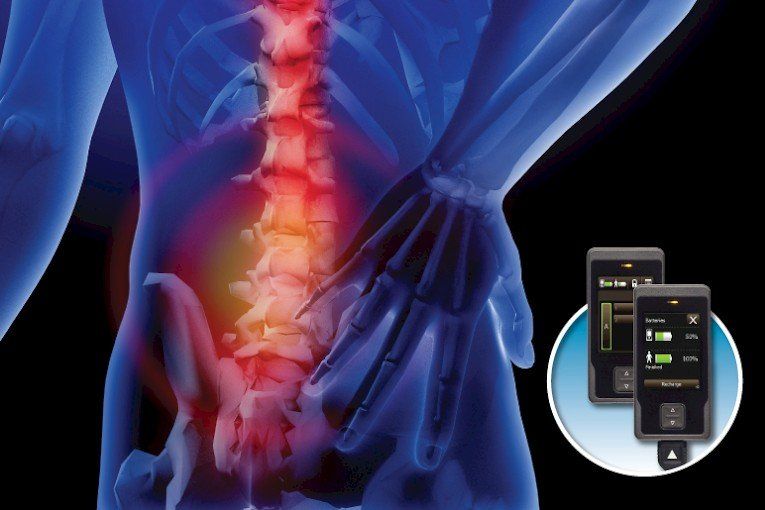Improve Your Pain Management By Keeping a Pain Journal
- By PatientPoint Launch
- •
- 10 Jan, 2019
- •

A pain journal can help you get the specialized pain management you deserve by helping you record and track all of the symptoms associated with your chronic pain. Whether you have suffered from chronic pain for years or are new to pain management, maintaining a pain journal can be helpful in developing a pain treatment plan that improves your quality of life.
How Will a Pain Journal Benefit You?
The information you record in your pain journal can help you identify triggers and patterns related to your pain; for example, the time of day you’re likely to have a flare-up or if elevated stress levels increase your pain. Recording key observations over time can help you and your physician recognize patterns that impact your treatment and note successful parts of your treatment that reduce your pain.
Do you ever go blank when your physician asks you specific questions related to your pain? Your pain journal can be the perfect reference to answer these questions instead of having to recall specific details from memory. You can give your physician more accurate answers to help them better understand your pain.
If you’re able to get in a routine and keep a long-term pain journal, you may experience an increase in:
- Mindfulness of your daily routine and how it affects your pain.
- Gratitude towards yourself for making an effort to fight your pain.
- Strong communication and mutual understanding with your doctors/physicians.
As well as a reduction in:
- Chronic pain flare-ups since you and your doctors/physicians have a better understanding of your pain and how to manage it.
- Stress levels, which lower over time as chronic pain is abated.
While everyone uses their journal differently, here are some key things to include in your pain journal to get maximum benefits:
- Note the date and time of day.
- Give your pain a scale rating. The easiest way to track the severity of your pain is to use a 10-point rating system, with zero representing no pain and 10 representing the worst pain imaginable.
- Use descriptive words to help track changes in your pain quality. Some common pain descriptive words include “sharp”, “dull ache”, “pulsating”, “tingling”, and “burning.” Record this information to help doctors pinpoint your specific type of pain and recognize patterns.
- Note the location and duration of your pain.
- List what you ate and drank that day. Certain foods and drinks may worsen chronic pain. Sugary foods and processed meats have the potential to increase your pain. Keep track of what you eat and drink daily.
- Record what you’re doing when the pain arises to identify possible causes and triggers. Have you done anything different than your normal routine? Was there something specific that could have triggered your pain?
- Describe your mood. Note your mental state when you're experiencing pain. Are you feeling depressed or helpless? Anxious? These emotions could be triggered by your pain, and your doctor may refer you to a mental health specialist to deal with emotions that result from chronic pain.
- Record additional symptoms.
- Note recent changes in treatment. Recent changes in your chronic pain treatment plan can influence your type of pain, when it occurs, and its severity.
Contact Pain Treatment Centers of America If You Are Interested in Chronic Pain Management in Arkansas.

















